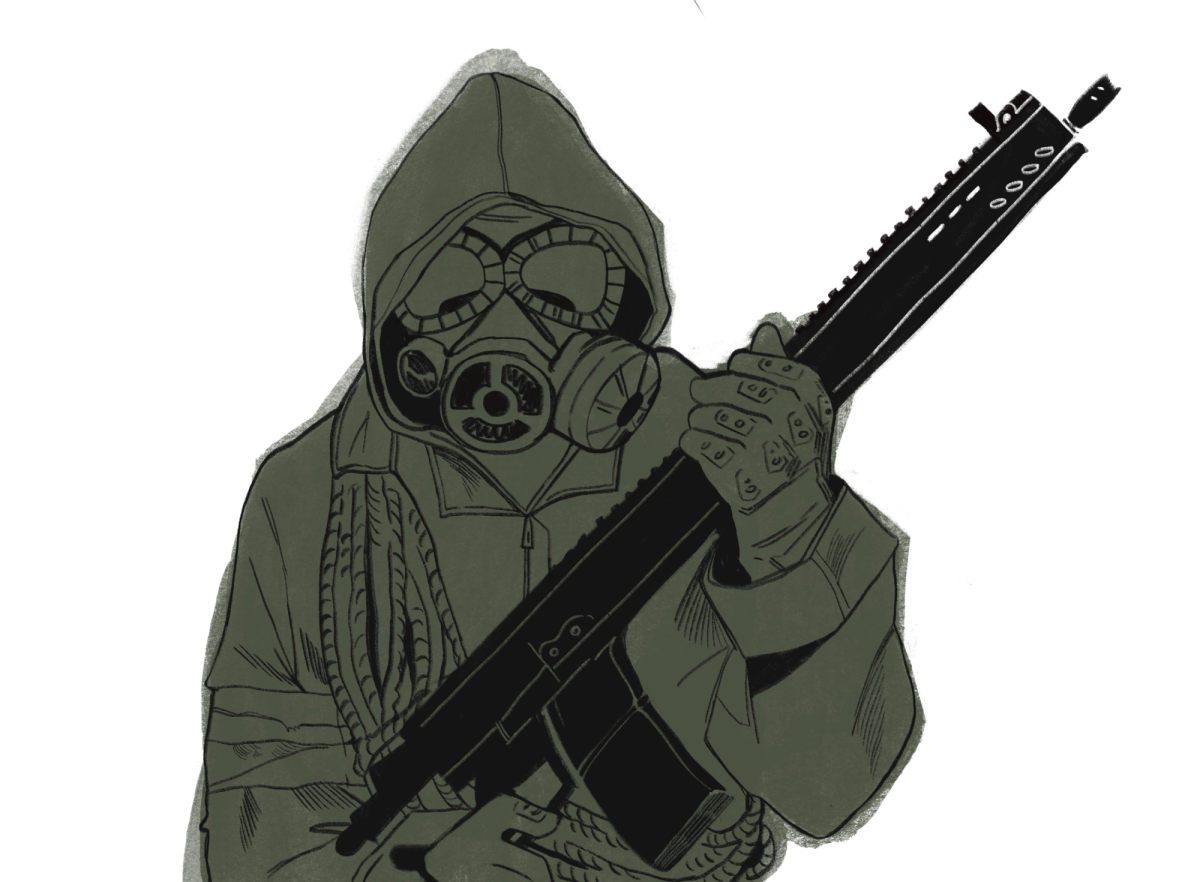Popular on-campus improv group Varsity Nordic will be changing their schedule of shows to mark the new year. Previously, one hour shows were held every other Tuesday. Now, there will comedy offerings every week.
“On the off weeks,” explained senior Kevin Klein. “We’re going to have hopefully one show where there will be. . . anywhere between two and five members of the team.”
These newer, smaller shows will supplement Varsity Nordic’s already busy schedule. The group practices three nights a week–Mondays, Tuesdays and Thursdays. Practice is key to creating a good group dynamic.
“[There are] so many elements to good improv,” said senior Devin Petersen, “that we usually choose two or three specific goals to work on . . . We take those into the show with us.”
“Our team . . . [is] large in comparison to other improv teams, and because of this we found that our bimonthly shows could not showcase the talent that we have worked hard to get on the team,” said team member junior Justis James Phillips. With more shows, she hopes, Varsity Nordic will be able to “showcase what we can do without having to depend upon the size of our team.”
Future shows will offer the chance for team members to refine their skills and become better performers. Varsity Nordic has guidelines for what can and cannot be done on stage. With practice, they can learn to work better inside the framework while maintaining a natural, flowing performance. Although improv is random, unpredictable and seemingly unstructured, it isn’t chaos.
“There are some unspoken rules,” said sophomore Cory Rand. “You’re never supposed to say no to a partner’s request . . . If they’re like, we’re on a boat, and I’d be like, no we’re not, we’re on a rollercoaster, that wouldn’t be good form.”
“Doing more shows . . . serves as practice . . . an opportunity to learn how to be on stage in a comfortable manner. By being comfortable on stage, we are able to be a lot more genuine,” Phillips described. The sense of authentic, comfortable play–which Phillips called being “organic with our scenes”: is one hallmark of a successful show.
What else makes good improv?
“It’s never a good idea to ask a ton of questions,” stated Rand. “That puts the other person on the spot.”
Although the characters seen on stage are spontaneous, the team has a specific understanding of what works for each team member and what doesn’t.
“We try and go out with new characters every time,” explained Phillips, “but we definitely have our crutch roles.”
“We have certain roles that we are better at, and we try to play to our strengths,” Petersen added.
The improv practiced by the group is called longform. This type is focused on character development and creating a situation that the audience can invest in. Longform is described as tough, subtle and slightly theatrical. It naturally stands in opposition to shortform improv.
“Short form . . . is much more concerned with the wittiness of improv and being immediately funny on stage,” explained Rand.
Working in smaller groups, however, makes longform all the more challenging.
“We depend less on others and more upon ourselves to get out and make a scene come to life,” said Phillips. “I found it hard last year to just go on stage without something in mind beforehand. With more shows, we hope that we will just think of something once we get out there and do it.”













Adiana • Sep 18, 2013 at 6:28 am
At last, soneome comes up with the “right” answer!